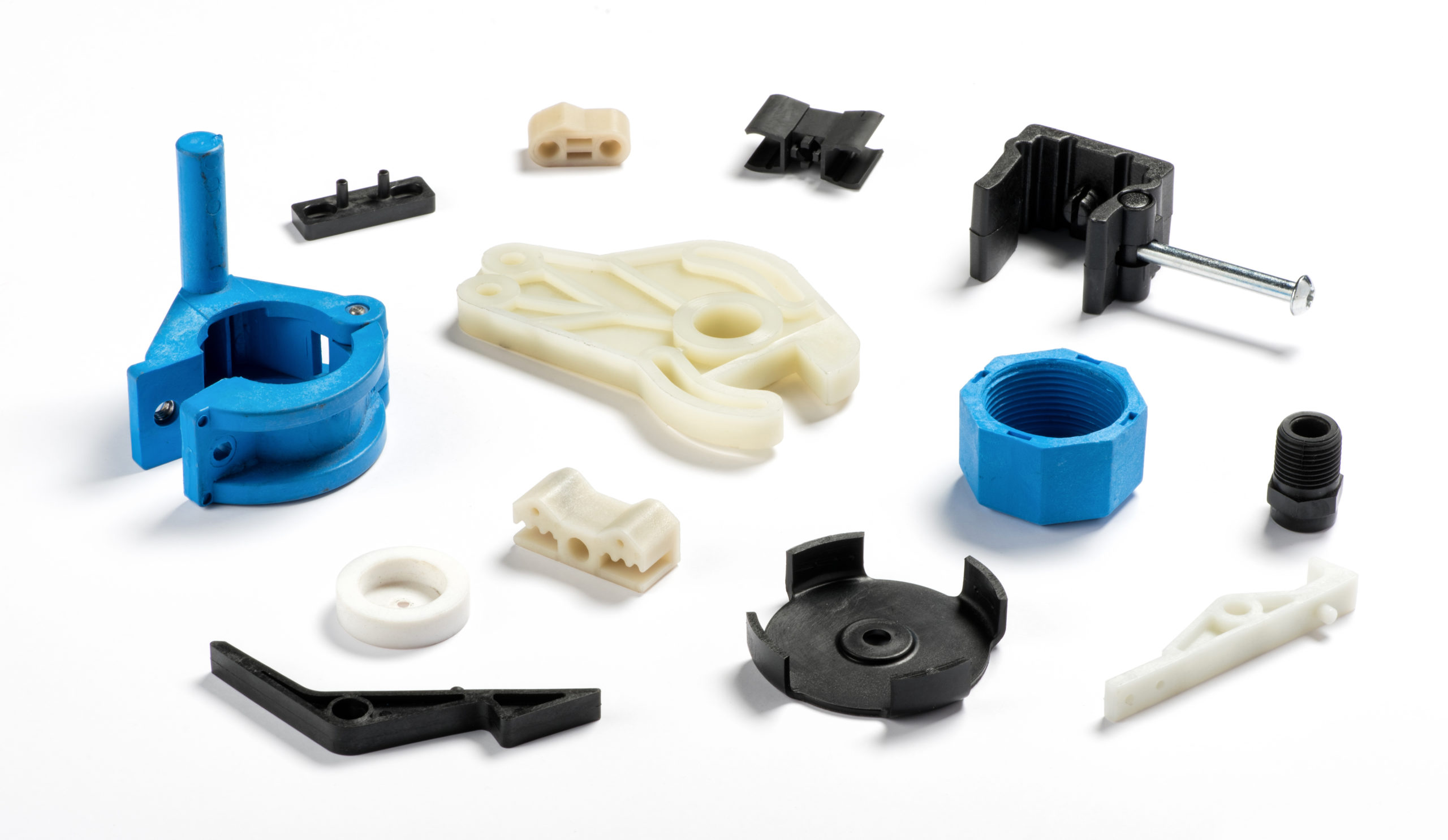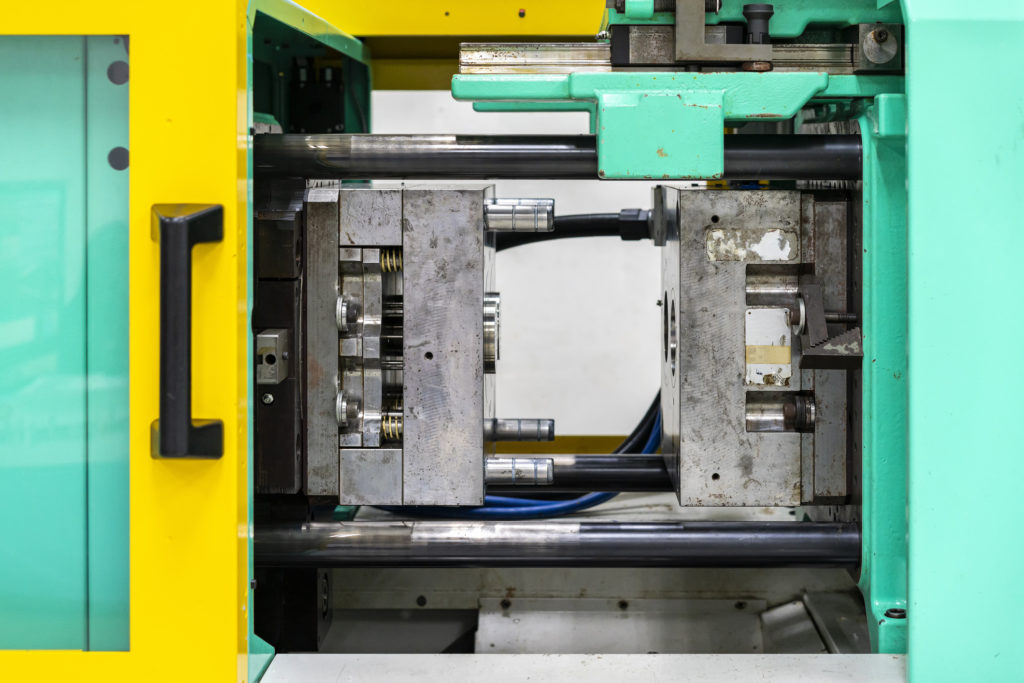The Function of Plastic Injection Molding in Producing Affordable Industrial Parts
The Function of Plastic Injection Molding in Producing Affordable Industrial Parts
Blog Article
The Future of Plastic Shot Molding: Technologies and patterns to Enjoy
As the plastic shot molding market evolves, several crucial patterns are emerging that pledge to improve its landscape. Automation and wise manufacturing methods are readied to boost productivity, while the change in the direction of lasting materials mirrors an expanding ecological awareness. Developments in 3D printing are leading the way for unmatched style adaptability. These technologies additionally bring forth difficulties that need careful factor to consider. Recognizing how these components will certainly interact and influence future techniques is critical for stakeholders aiming to browse this transformative period properly.
Automation and Smart Manufacturing
As the plastic shot molding sector progresses, automation and smart manufacturing are taking center stage, reinventing production procedures - Plastic Injection Molding. The integration of innovative technologies such as robotics, IoT (Net of Points), and synthetic intelligence is making it possible for manufacturers to improve effectiveness, reduce functional costs, and boost item quality. Automated systems simplify operations, lessening hands-on treatment and raising throughput, which is important in satisfying the rising demand for fast manufacturing cycles
Smart making modern technologies assist in real-time surveillance and information evaluation, permitting companies to enhance maker efficiency and forecast upkeep demands. This positive technique not only reduces downtime but likewise expands the life-span of devices. The usage of joint robots, or cobots, improves the adaptability of production lines, enabling workers and equipments to operate side by side securely and effectively.
The fostering of automation in plastic injection molding is not merely a pattern but a tactical necessary for services aiming to continue to be competitive in a global market. By taking advantage of these technologies, manufacturers can accomplish higher accuracy, minimize waste, and adjust swiftly to changing customer demands, positioning themselves for sustainable growth in a progressively automated future.
Lasting Materials and Practices
The push in the direction of automation and clever production has paved the means for a greater emphasis on lasting materials and practices within the plastic shot molding market. Companies are progressively seeking environmentally friendly alternatives to traditional petroleum-based plastics, bring about the fostering of recycled and bio-based products. These sustainable products not just decrease environmental influence however also align with customer need for greener items.

Moreover, cooperation in between manufacturers, material providers, and environmental organizations is cultivating advancement in the development of sustainable products that satisfy performance standards without endangering high quality. As policies around plastic usage come to be more stringent, the industry is positioned to adjust by accepting these sustainable methods, ensuring lasting stability and lowering dependence on non-renewable resources. The assimilation of sustainability right into plastic shot molding is not just a pattern; it is becoming an important component of company obligation and operational excellence.
Breakthroughs in 3D Printing
Recent advancements in 3D printing technology are significantly changing the landscape of plastic shot molding. Once tough or difficult to attain through traditional methods, the combination of additive manufacturing procedures allows for the quick prototyping of intricate geometries that were. This capability not only increases product advancement cycles but likewise lowers material waste, lining up with the expanding need for lasting manufacturing techniques
Furthermore, the appearance of hybrid manufacturing strategies, which combine 3D printing and injection molding, provides producers the capability to produce elaborate layouts while keeping the performance of mass production. This method allows the manufacturing of tailored parts tailored to specific customer requirements without sacrificing the rate and scalability that shot molding supplies.
In addition, advancements in products, such as high-performance polymers and compounds especially created for 3D printing, are boosting the useful capacities of published components. These materials can endure greater tension and exhibit boosted thermal residential or commercial properties, making them appropriate for more requiring applications.
As 3D printing remains to progress, its combination into plastic shot molding processes assures to enhance performance, minimize costs, and foster development in item layout, placing producers to much better fulfill the difficulties of a competitive market.
Data Analytics and IoT Integration
Information analytics and the assimilation of the Net of Things (IoT) are reinventing plastic injection molding by providing manufacturers with extraordinary understandings into their operations. By leveraging real-time data collected from interconnected makers and sensors, suppliers can More Info check performance metrics, identify inadequacies, and maximize production processes. This data-driven strategy promotes predictive maintenance, lowering downtime and prolonging tools life-span.
In addition, IoT integration permits enhanced quality assurance. By constantly tracking variables such as pressure, cycle, and temperature times, suppliers can promptly identify inconsistencies from established criteria and make adjustments in actual time. This not only improves item uniformity however additionally lowers waste and scrap prices.
The fusion of data analytics and IoT technologies also encourages makers to embrace more active manufacturing methods. With access to comprehensive information analytics, organizations can respond to market needs with better flexibility, changing manufacturing routines and arrangements as needed. This adaptability is necessary in a quickly transforming manufacturing landscape.

Customization and Style Flexibility
Exactly how can modification and layout flexibility enhance the competitiveness of plastic injection molding? Customization permits manufacturers to fulfill specific customer demands, fitting distinct dimensions, shapes, and capabilities that basic products might not fulfill.
Improvements in style technologies, such as computer-aided style (CAD) and quick prototyping, further boost this pattern. These devices enable developers to develop complex Bonuses geometries and elaborate patterns, which can be perfectly incorporated right into the manufacturing process. Therefore, suppliers can react quickly to changing customer choices and market needs.
Moreover, the implementation of modular tooling systems enhances design versatility, enabling quicker changes in between different product layouts without comprehensive downtime. This adaptability can result in minimized lead times and reduced production prices, making companies more investigate this site agile and affordable. Ultimately, welcoming personalization and layout adaptability in plastic injection molding not only raises product offerings however also reinforces market positioning in an ever-evolving landscape.
Verdict
The future of plastic injection molding is identified by substantial advancements in automation, sustainable practices, and innovative materials. Customization via modular tooling and rapid prototyping will enable suppliers to remain competitive and receptive to the dynamic needs of the market.

The future of plastic shot molding is identified by considerable developments in automation, sustainable techniques, and ingenious products.
Report this page